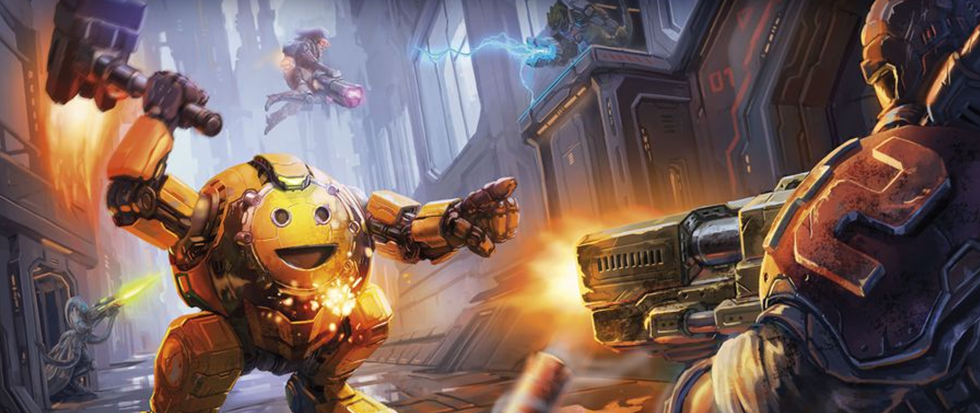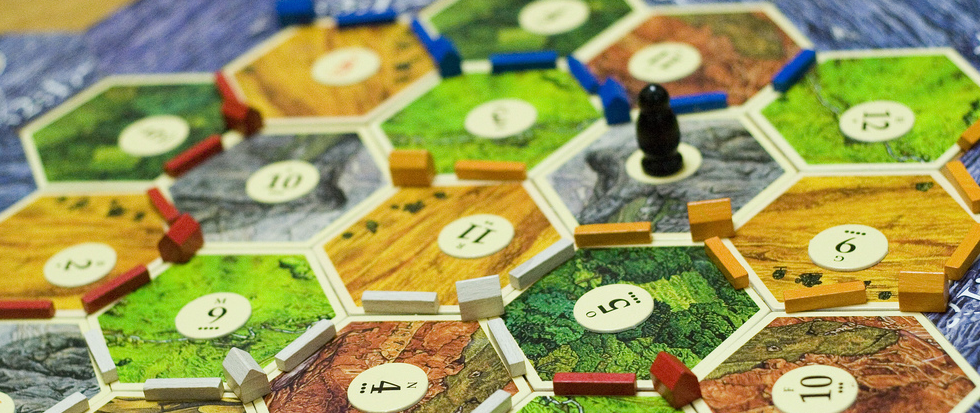
Kill Your Darlings
If you’ve played board games before, then you most likely know how most of them end: Someone triggers the end game condition, then the current round of play finishes so that players get an equal number of turns before final scoring happens. This design construct lives in so many different games at this point that it’s become part of an unspoken canon of board game design. After all, it’s the fair thing to do – if everyone has equal turns, then everyone had an equal opportunity to win. In a medium where balance is one of its key pillars, it’s no surprise that it’s practically become a mandate in board game design.
So what happens when you throw out this deeply-ingrained design? You get something that feels a lot like Scythe.
Scythe arrived with a lot of hype behind it thanks in part to its massive Kickstarter success. Boasting quality components, striking alternate history art, and gameplay that features both economic engine building and combat-driven area control, Scythe remains a tantalizing game to play even now. But those who do end up playing it find a dynamic game with an active disdain for design conventions beneath the glossy surface.

One easy example is the way it handles ties in combat. In Scythe, you commit a certain amount of battling power to a wheel and add a card modifier. Everyone reveals their number, and the higher number wins. In most other games, if there’s a tie, the defender wins, but here, attackers win ties. If you’ve played any kind of wargame, that can be hard to wrap your head around. Of course defenders should win ties! It should be difficult dislodging an opponent from a space! Holding onto high-value spaces can be frustrating when you start out at a disadvantage.
The most elaborate bucking of trends, though, looks almost exactly as simple: Instead of finishing the current round once the end of the game triggers, the game ends immediately. This means that some players might have more turns than others by the end. On paper, this looks completely unbalanced and seems to favor whoever went first in the game. In practice, it can lead to some very feel-bad moments where your plans are a turn away from coming to fruition when suddenly the rug is pulled from under you as someone ends the game earlier than you expect. The different player boards you’re assigned at the beginning of the game determines your player order, but also are different from each other in that boards more likely to go last will be slightly better than those with a better initiative. This is cold comfort, though, when your engine is left unfinished because someone swooped in to end the game too early.

But it’s because these feel-bad moments exist that makes Scythe so special. It’s true that having attackers win ties is outside of the norm, but it’s so that the game sculpts itself into an active, aggressive shape in the mid-to-late game. Scythe wants you to attack at least somewhat, and it wants you to win battles at least twice – two of the game’s achievement-like Star tasks, which score you points and part of how you end the game, are winning a battle. And that ending the game early gaffe? What that does is give Scythe a tension and urgency that a lot of engine-building games lack. Yes, you can have the rug pulled out from under you, but once you understand that everyone is standing on uneven ground from the get go, you learn that keeping your balance is actually really fun.
That does mean you’ll need to play it a couple of times to really get used to it, but that’s only because of how entrenched these mechanics are in the canon of board games. We’re so used to playing with these constructs that purposefully messing with them messes with us. The fact that you’re put off balance just from these two design decisions is a good thing, and while it shouldn’t be employed in every game, breaking with tradition turns an economic engine building area control game with mechs into a breathless race that can end in the blink of an eye.





